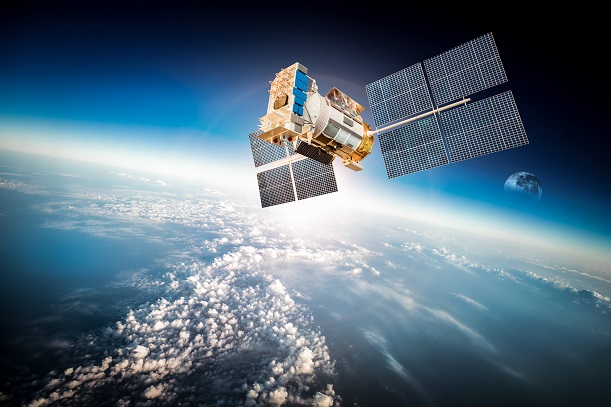Satellite networks could sweat 4G assets if fibre’s delayed, by-pass the not-in-my-back-yard (NIMBY) objectors to masts
As Deutsche Telekom turned to Intelsat to connect its rural customers in Germany, Mobile Europe asked Gerry Collins, the director of the satellite operator’s networks division, if more mobile operator partnerships are in the pipeline.
There is a confidence problem over satellite services according to Collins, but that could be overcome by the totemic figure of Elon Musk.
Meanwhile many of the decision makers at Europe’s mobile operators are holding out for perfection, in the form of a fibre optic backhaul connection.
As an engineer himself, Collins can sympathise with those who eschew the ‘quick fix’ offered by satellite in order to wait for the full fibre. However recent events prove that mobile operators are waiting for a train that might never come in time.
Even Germany is lagging
According to reports Germany lags behind Europe on fibre coverage and elsewhere telcos like BT and AT&T are taking steps to secure their supplies of fibre in lieu of an imminent supply chain crisis.
BT had to invent a new way to squeeze fibre down existing ducts due to Covid-inspired delays in getting planning permission for laying fibre. Even so, the path of fibre does not run smooth.
Meanwhile, mobile operators are being hampered by telecom tower shortages and the public objections to 5G masts run from one extreme to the another.
In the face of all these obstacles, mobile operators should be sweating their existing assets now, with satellite, while progressing their 3G and 4G installations, says Collins. Intelsat provides this service to Orange in French Guiana to support its 3G and 4G services.
VSAT antenna and a modem do the job
In the time it takes to install a parabolic VSAT antenna and a satellite modem at each site, each base station could be revitalised, says Collins. The investment in time and money is minimal – the satellite connection devices are relatively cheap when compared with the cost of the rest of the equipment at the tower.
This type of connection would give more than 100Mbps service to the cell tower, “adequate to support users in rural areas,” says Collins.
It’s not as if the mobile operators are tying themselves to a long term commitment to the satellite either. Once the option for connecting Base Station A with fibre becomes available, they could simply ask their satellite to fix their problems at Base Station Band so on, says Collins.
Musk excites the masses
The biggest obstacle is confidence. For an engineering led industry, telecoms decision makers seem to be emboldened by those players with the loudest marketing campaigns. The DT case study might embolden other mobile operators to seek a quick fix.
“The publicity generated by Oneweb and others has raised the profile of satellite and might help the case of Intelsat by making mobile operators more aware of the benefits of satellite,” said Collins.
The bottom line is that many mobile operators are missing out on instant upgrades while waiting for a fibre train that might be a long time coming.
Mobile operators could be making many incremental gains in the meantime. “They’d reaching regulatory coverage targets. In some cases this would make spectrum license renegotiation a lot easier. Most importantly of all the operators would be connecting new customers,”’ Collins said.


